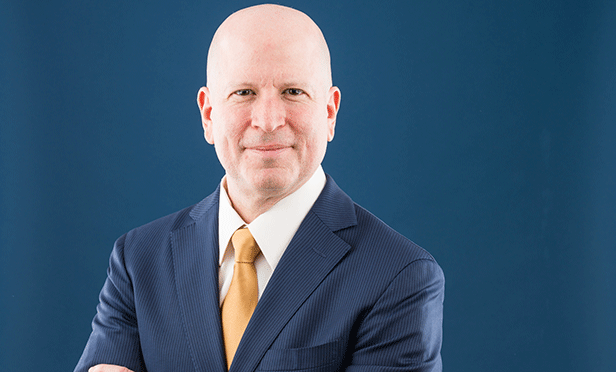
A few months after the $3-billion first mortgage on the Peter Cooper Village/ Stuyvesant Town apartment complex in New York City first went into special servicing and then into foreclosure proceedings, another high watermark deal of the current market has started down a similar route. The Blackstone Group in late May transferred to a special servicer the $4.9 billion of CMBS debt remaining from its $39.2-billion purchase of Equity Office Properties Trust. It's reportedly now the largest loan in special servicing.
In reporting the transfer, Fitch Ratings cited "imminent default" as the reason. Peter Rose, a spokesman for Blackstone, told Bloomberg that his company had begun talks with the lender, Bank of America, on extending the debt. "Special servicing is simply a routine administrative step in order to start these discussions." Rose said in May. Calls by Distressed Assets Investor for additional comment were not returned by deadline.
The Blackstone/EOP debt, which stems from a single non recourse, interest-only, floating-rate loan securitized in 2007, is both indicative of trends in distress and a special case. On the one hand, "It's the exception, rather than the rule." says Jon Barry, the Atlanta-based national managing director of Colliers International's asset resolutions team, who was not involved in any of the deals. "This is a very large portfolio and is not at all indicative of the vast majority of CMBS loans in their present condition."
Recommended For You
Want to continue reading?
Become a Free ALM Digital Reader.
Once you are an ALM Digital Member, you’ll receive:
- Breaking commercial real estate news and analysis, on-site and via our newsletters and custom alerts
- Educational webcasts, white papers, and ebooks from industry thought leaders
- Critical coverage of the property casualty insurance and financial advisory markets on our other ALM sites, PropertyCasualty360 and ThinkAdvisor
Already have an account? Sign In Now
*May exclude premium content© 2025 ALM Global, LLC, All Rights Reserved. Request academic re-use from www.copyright.com. All other uses, submit a request to [email protected]. For more information visit Asset & Logo Licensing.








